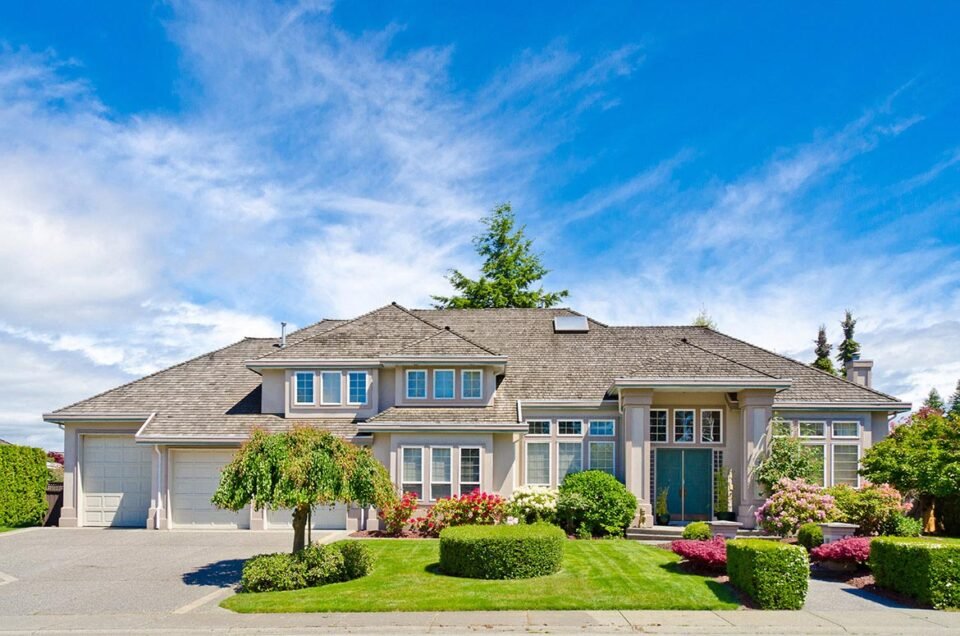Designing your dream home is an exciting endeavor. It’s a chance to create a space that reflects your personality and meets your unique needs. However, with so many choices and decisions to make, it can also be overwhelming. To ensure that your home design turns out exactly as you envision, there are a few key considerations you should keep in mind. Make sure to do your research before you start on your home-building journey.
Let’s have a look at five important things to consider when finalizing your home design.
Functionality and Practicality
While aesthetics plays a significant role in home design, it’s crucial to prioritize functionality and practicality. Think about how you and your family will use each space and ensure that the design accommodates your lifestyle. The 3 season sunroom design installation is ideal for three out of four seasons.
You need to consider factors such as the flow of traffic, storage needs, and the purpose of each room. For example, if you love to entertain, a spacious and open-concept kitchen and living area might be essential. By focusing on functionality, you can create a home that not only looks beautiful but also works seamlessly for you and your family.
Budget and Affordability
Another vital consideration when finalizing your home design is your budget and affordability. It’s important to have a realistic understanding of how much you can afford to spend on construction, materials, and furnishings.
Take into account not only the upfront costs but also the ongoing expenses of maintaining and operating your home. It’s easy to get carried away with luxurious features and upgrades, but staying within your budget will help ensure that you don’t end up financially strained or regretting your decisions in the long run.
Future Needs and Flexibility
Your home should be able to adapt to your changing needs over time. Consider your plans and think about how your design choices will accommodate them. Are you planning to expand your family? Will you be working from home more often? Do you have any specific hobbies or interests that require dedicated space?
Incorporating flexibility into your design will allow you to adapt your home as your circumstances change, saving you from costly renovations down the line.
Energy Efficiency and Sustainability
In today’s world, designing an energy-efficient and sustainable home is both environmentally responsible and cost-effective. Incorporating energy-efficient appliances, insulation, and lighting can significantly reduce your utility bills and minimize your carbon footprint.
Additionally, consider utilizing sustainable materials and construction practices to reduce the environmental impact of your home. By prioritizing energy efficiency and sustainability in your design, you can create a comfortable and eco-friendly living space that benefits both the planet and your wallet.
Personal Style and Aesthetics
Finally, don’t forget to infuse your style and aesthetics into your home design. Your home should be a reflection of your taste and personality. Consider elements such as color schemes, architectural styles, and interior design themes that resonate with you.
Gather inspiration from magazines, websites, and other homes you admire to help define your unique style. Remember, creating a space that you love and that feels like home is just as important as the practical aspects of design.


